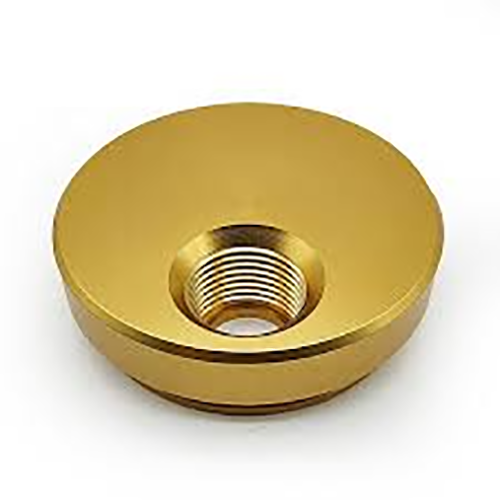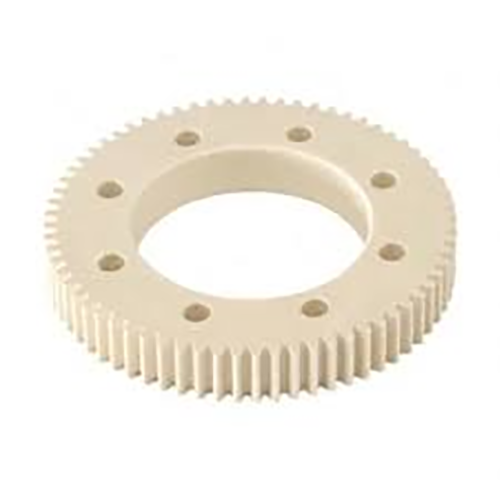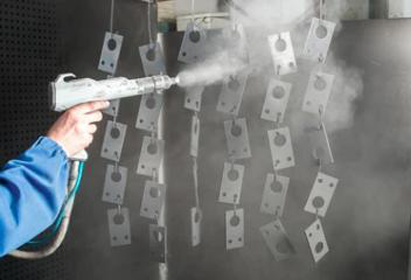
Producing the required exterior polish for a processed workpiece remains essential.
- Blueprint callouts define exact texture requirements for manufactured pieces
- Technical callouts use Ra, a measure of average irregularity, to quantify finish
- Familiarity with surface callouts is vital for achieving performance targets
- Clear finish specification affects lubrication behavior, sliding resistance, and lifespan
- Correctly reading the finish notation is necessary to attain the intended result
Precision Principles of CNC Machining

Computer-controlled machining embodies a revolutionary manufacturing technique using computerized programs to drive machines that cut complex shapes with high precision.
- Computer-driven machining creates reliable parts from assorted materials
- CNC’s flexible capabilities match requirements of aerospace and automotive fields
- Machine-controlled machining secures stable repeatability for production lots
Across prototyping through full-scale production CNC machining serves as a cornerstone in contemporary manufacturing
CNC Spec Interpretation
Grasping machine spec language may feel tough at first
However with a bit of knowledge and a systematic approach you can easily navigate these technical details
Begin by identifying the key parameters such as spindle speed feed rate accuracy work envelope and controller type
All attributes together shape the system’s production performance.
Illustratively, greater spindle rpm aligns with softer workpieces; increased feed raises manufacturing pace.
Recognizing these ties supports choosing machines suited to target production
Remember to consult the manufacturer's literature thoroughly.
Those resources usually offer helpful explanations and clarify jargon
CNC Machines Explained: A Full Guide
Computer-operated machining stations are programmed units for precise automated part fabrication across materials They read numerical control code to orchestrate cutter motion and axis control.
- Frequent CNC varieties include mills, lathes, routers, plasma cutting machines
- Fabrication techniques operate on ferrous, nonferrous, polymeric, and composite materials
- Furthermore CNC machines allow for rapid prototyping and low-volume production runs making them valuable assets for small businesses and research centers
CNC Basics and Explanations
They exemplify the union of precise mechanics and modern control software Flexible equipment harnesses software instructions to automatically fabricate basic components and intricate assemblies Primary notion maps digital geometry to tangible fabricated pieces.
- Machine-controlled machining
- Digital-to-physical process
It performs sequenced precise axis operations dictated by program Manufacturing staff set tooling parameters, oversee machining, and confirm quality outcomes.
Influence of Finish on CNC Operations
Attaining target texture in CNC processes is critical It impacts both functional performance and surface look The material, machining regimen, and subsequent finishing treatments contribute to surface quality.
Refined surfaces boost longevity; rough surfaces can diminish functional performance Automated machining presents a spectrum of techniques and tools to accomplish desired finishes.
- As an example choosing diverse tool geometries |high-speed steels|spindle rpm choices to produce target surface
- Supplementary finishing like polishing or abrasive grinding enhances surface
Understanding parameter influences helps attain the desired surface quality.
CNC Fundamentals: Operations and Uses
Precision production uses machine control software to shape parts from different material classes They adhere to programmed code to reproduce complex geometries with repeatable accuracy Comprehending toolpaths, G-code, and tooling strategies supports effective machining
Fields benefiting from CNC include aerospace, automotive, industrial manufacturing, and electronics From fine aerospace pieces to intricate mold geometries, CNC underpins complex manufacturing
Surface Finish Standards for CNC Machining
Accurate finish definition matters when machining parts with CNC It verifies compliance with intended functional and aesthetic goals Engineers generally specify surface quality using the Ra roughness notation This numerical value expressed in micrometers inches or millimeters indicates the average height of surface irregularities.
Evaluate both finish smoothness targets and the operational application before specifying

In practice smoother finishes help where exact fits and close tolerances are essential
By contrast coarser finishes may be useful where additional grip or friction is desirable
Utilize a clear and concise callout in your engineering drawings to communicate the desired surface finish Document the Ra value and enumerate any extra finishing or treatment instructions.
Recall that well-defined roughness notes help ensure production success
CNC Equipment Types and Use Cases
Numerical control machining comprises numerous machine types engineered for diverse applications They integrate CAD-driven toolpaths to guide cutters for precise component production.
- Drilling units excel at producing holes and axial features in parts
- Grinders use abrasive wheels to finish and size parts to fine tolerances
- Beam and jet cutting methods enable accurate slicing with differing thermal impacts
Select machinery by weighing material, complexity, and tolerance needs Varied CNC functionalities equip manufacturers in industries from automotive to aerospace.
Attaining Superior Surface Quality via CNC
Creating superior finishes is essential and CNC control systems help produce them By adjusting feed, rpm, and cutter geometry skilled staff shape chip flow and surface formation for better finishes Besides that quality tooling combined with good lubrication practices leads to improved surface results Well-chosen cutting tactics plus careful setup empower manufacture of parts with exceptional surfaces.
Surface Finish Considerations in CNC Programming
Mastering surface finish during CNC programming is crucial for achieving desired quality outcomes Feed selection spindle rpm and cutter geometry collectively determine texture outcomes Conscientious parameter tuning with sound coolant strategy produces excellent surface quality.
- Additionally routine tool checks and upkeep maintain consistent finish quality Moreover scheduled tool maintenance and inspection preserve surface performance Moreover scheduled tool maintenance and inspection preserve surface performance
- To optimize surface finish programmers should consider factors like material type desired surface roughness and the application requirements
- Path simulation offers insights to adjust cutting settings and reduce defects
- Also ongoing tool care and inspection support sustained finish reliability
